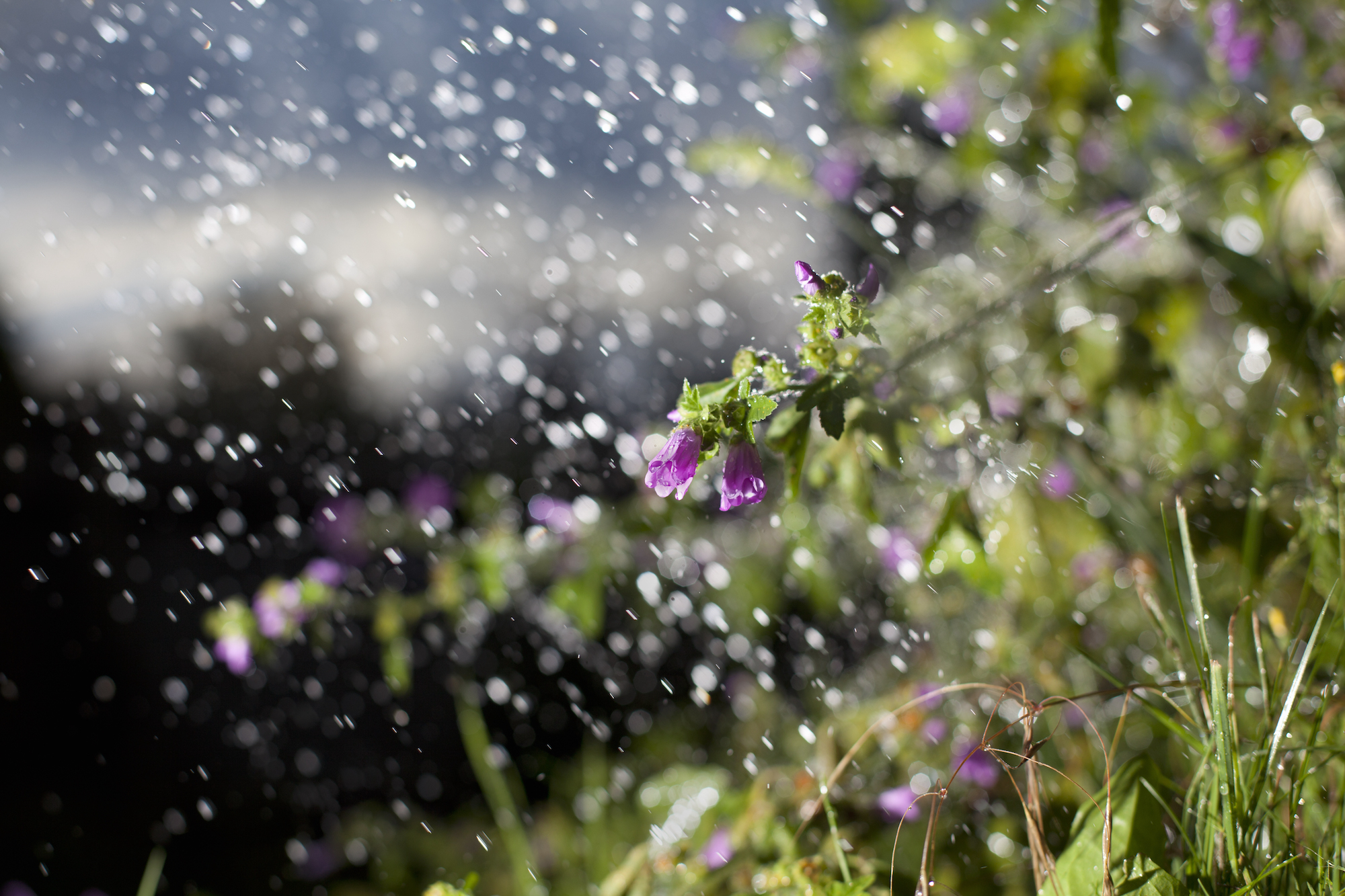Should you stop mowing your lawn for winter? Lawn pros share their advice
'If it doesn't stop growing, don't stop mowing', say lawn experts


Even the keenest gardeners might want to give their green thumb a rest in the wintertime. After all, the majority of plants become dormant, or at least slow their growth, during the colder months, meaning your plant-care to-do list gets a bit shorter and you can spend more time planning for the coming year.
We when spoke to lawn experts to find out whether we should stop mowing our lawns for winter as part of our winter lawn care routine, they were clear: don't put your lawn mower away just yet. The news is, unless you live in a cold state, where freezing temperatures, snow and frost are par for the course, then you could well need to mow your lawn throughout the wintertime.
Should you stop mowing your lawn for winter?
If you've already considered when you should stop mowing your lawn in the fall, then you may think you know the answer to this question. But there are many factors that can affect your decision.
1. Check the weather

'The weather where you live, the type of grass you have, and the temperature of the soil all make a difference to whether you should stop mowing your lawn for winter,' explains Rachel Crow, garden editor for Homes & Gardens.
'I often get asked, "can you mow wet grass?"' The answer is no – and that goes for snow-covered and frosty grass, too,' says Homes & Gardens garden editor, Rachel Crow.
Advice is that you shouldn't cut your grass too short in winter, as you risk damaging the turf and getting bare patches in your lawn.
'Keep the cut high and refrain from mowing in frost, snow and extreme wetness, as this can damage the soils, grass and mower blades,' explains David Hedges Gower, Chairman of the Lawn Association.
Design expertise in your inbox – from inspiring decorating ideas and beautiful celebrity homes to practical gardening advice and shopping round-ups.
'Keeping to these rules helps keep the leaf blades drier, as the grass will not be too long. It also helps prevent disease and can help combat moss encroachment.'
The benefit is that you will have less need to dethatch your lawn or scarify your lawn to remove moss, thatch and debris.
You may also want to factor in wildlife that may benefit from longer grass in the colder months – for example, leaving an area of long grass in your backyard will provide shelter for insects. Birds will feed on the insects, and their eggs and pupa, so they have the energy to breed when spring arrives.
2. Slow growth doesn't mean no growth

The type of sod you have will affect the length of its growing season. For example, cool-weather grass will continue growing for longer – not typically becoming dormant until soil temperatures reach 45℉ or lower. Warm-weather grass, as the name suggests, needs higher temperatures to thrive. Its growth slows when soil temperatures decrease to around 55℉.
If you live in a warmer region, where winter temperatures remain balmy, then your grass won't become fully dormant.
'Depending on the grass you have in your lawn, it can continue growing even in mid-winter with some slow growth,' explains David Hedges Gower, Chairman of the Lawn Association. 'If so, you should still be getting your mower out to give you and it and little winter exercise! The rule is simple: if it doesn’t stop growing, then don’t stop mowing.'
3. Reduce the frequency of mowing

If you're wondering how often should you mow your lawn, the answer will be different in the winter than in the summer months. While you may still need to mow your lawn in the winter, the frequency of cutting the grass should reduce, as its growth will be slower.
'Today's milder winters means that grass keeps on growing. You certainly won't need to mow it as often as in summer, but it'll need topping every two to three weeks right through the winter, or by spring it'll be looking decidedly shaggy,' confirms landscape designer and broadcaster, and author of The Gardener's Year, Alan Titchmarsh.
Whether you've picked the best ride-on lawn mower or you've opted for the best electric lawn mower, Alan has this tip for what to do with the grass clippings.
'Do use a grass box for mowing in winter, even if you don't bother in summer, as the clippings won't dry up and disappear at this time of year,' he says. 'They'll just lie around looking messy and smothering the grass, before being trodden back indoors.'
'Never put your mower away for winter – just leave it in the shed for longer periods,' David Hedges Gower, Chairman of the Lawn Association concludes. That way your lawn will be in peak condition for the return of the spring when you can start cutting your lawn again with more regularity.
How do you cut long grass for winter?
To cut long grass for winter, raise the cutting blade as high as you can, and ensure that you never cut the grass by more than one third of its length at a time. Grass will need to be long enough to gain energy from the sun, which is not as strong as in summer. Think of each blade of grass as a single leaf and you'll see why it isn't good too cut it too short for winter.
Andrea has been immersed in the world of homes, interiors and lifestyle since her first job in journalism, on Ideal Home. She went from women's magazine Options to Frank. From there it was on to the launch of Red magazine, where she stayed for 10 years and became Assistant Editor. She then shifted into freelancing, and spent 14 years writing for everyone from The Telegraph to The Sunday Times, Livingetc, Stylist and Woman & Home. She was then offered the job as Editor on Country Homes & Interiors, and now combines that role with writing for sister title homesandgardens.com.
